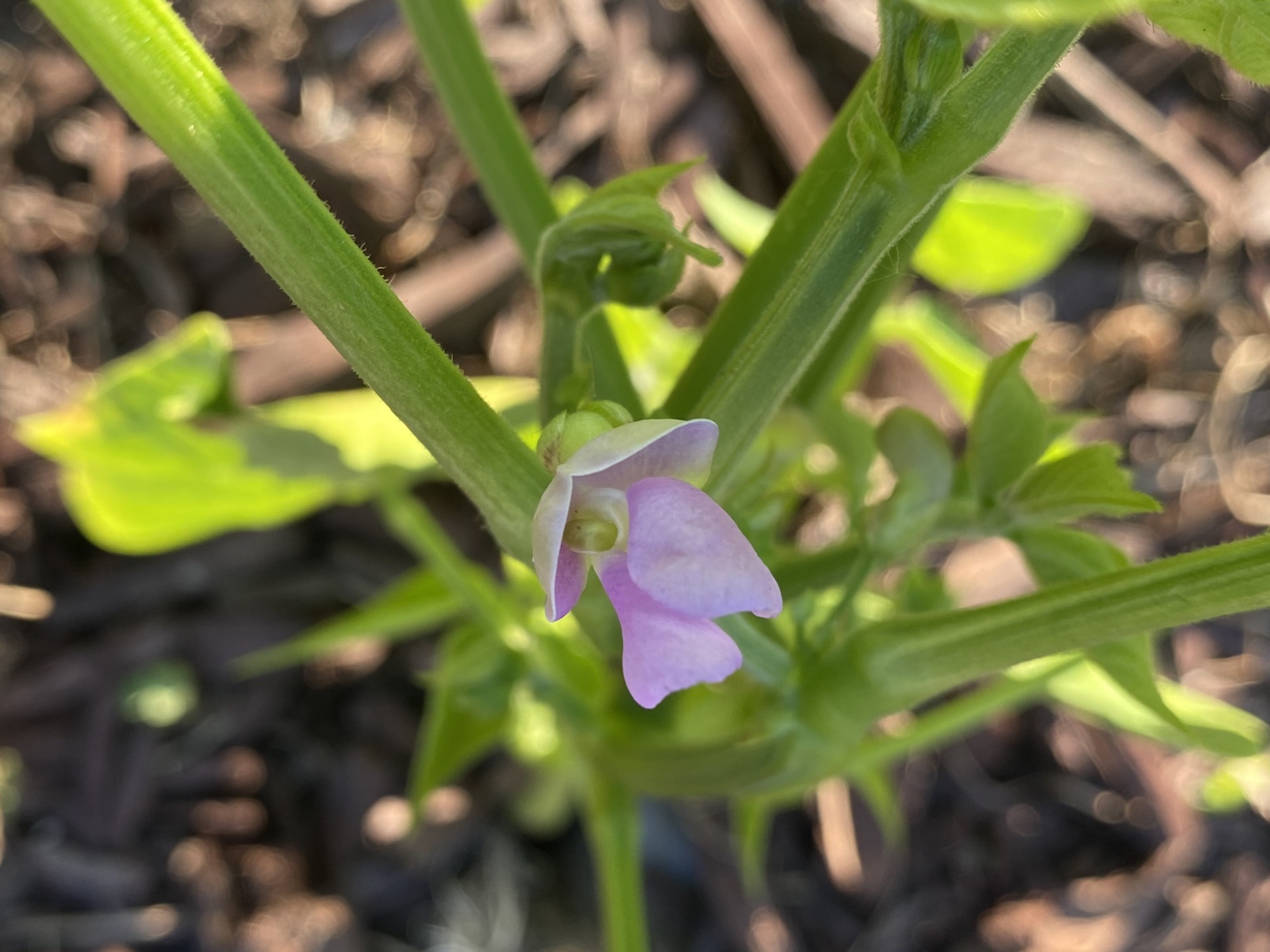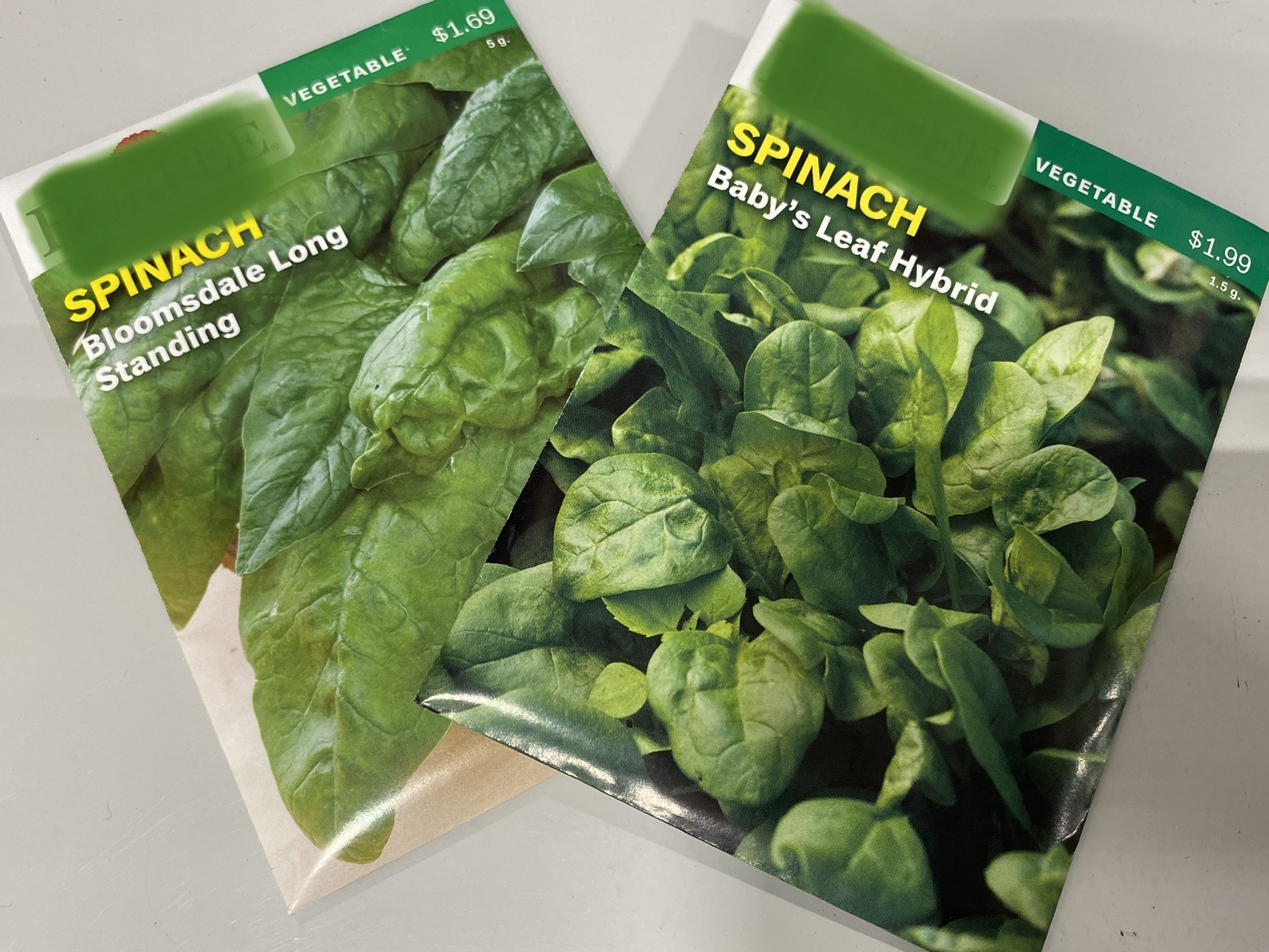If you have never grown a fall vegetable garden before, now is the time to start. Some of the common benefits of planting a fall vegetable garden include:
- Many Ohio vegetables grow well in cooler weather
- Insect and disease pests may be less compared to earlier in the growing season
- A few vegetables like collards and kale have better flavor(PDF) in cooler weather, especially after a fall frost
Why plant a fall vegetable garden in 2020?
- Gardening offers very minimal risk for exposing people to COVID-19 if social distancing precautions are in place. While those who work in a community garden(PDF), might need to make additional plans to space out from other community gardeners, by design, many garden plots have their own space and gardening can easily be an individual or household project.
- Spending time outdoors and learning from nature can increase personal health and wellness. While this is important anytime, gardening can be one tool to help decrease added stress during this year.
- Even if you grow a small number of vegetables, having access to the garden might decrease the number of trips to the grocery store and might increase the number of vegetables you and your family eat. Win-win!
 Bush Bean Blossom
Bush Bean Blossom
So, is a fall vegetable garden different than the salsa garden that is currently growing outside my back door? Yes, a fall garden is different because some crops are warm-weather plants and some crops are cool weather plants. In Ohio, it is not unusual for the cool weather plants to grow and be harvested (picked) in the springtime and early summer and then replanted and harvested again in late summer and fall. While I am trying to patiently wait for the warm weather crops in my salsa garden to mature, like tomatoes, peppers, and tomatillos, some of the cool weather plants that I planted in late spring, like spinach, radishes, and lettuce, can’t handle the heat and have become too bitter to eat.
As I start to harvest warm-weather crops, I can also be planting more cool weather seeds like spinach, radishes, lettuce, and kale for a fall harvest. While there is a nice selection of seeds that can be planted, not all Ohio vegetables can be planted in July or August and have enough time to grow for a harvest, a few common examples are tomatoes and peppers. The following seeds can be planted for a fall harvest: bush beans, beets (for the beetroots or beet greens), carrots, Chinese cabbage, chard, cilantro, collards, kale, kohlrabi, leaf lettuce, mustard greens, radish, snow peas, spinach, summer squash, and turnips for the turnip root or turnip greens. For more details on when to plant what seeds this July and August, including a fall seed planting chart(PDF), please visit: go.osu.edu/fallveggarden


